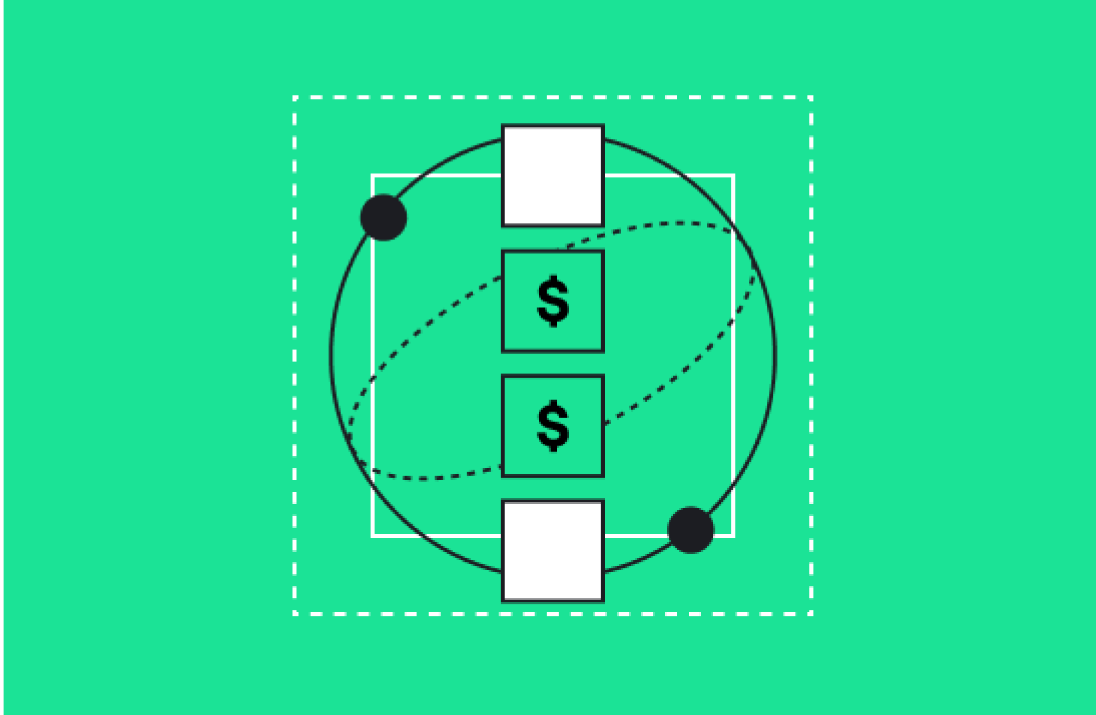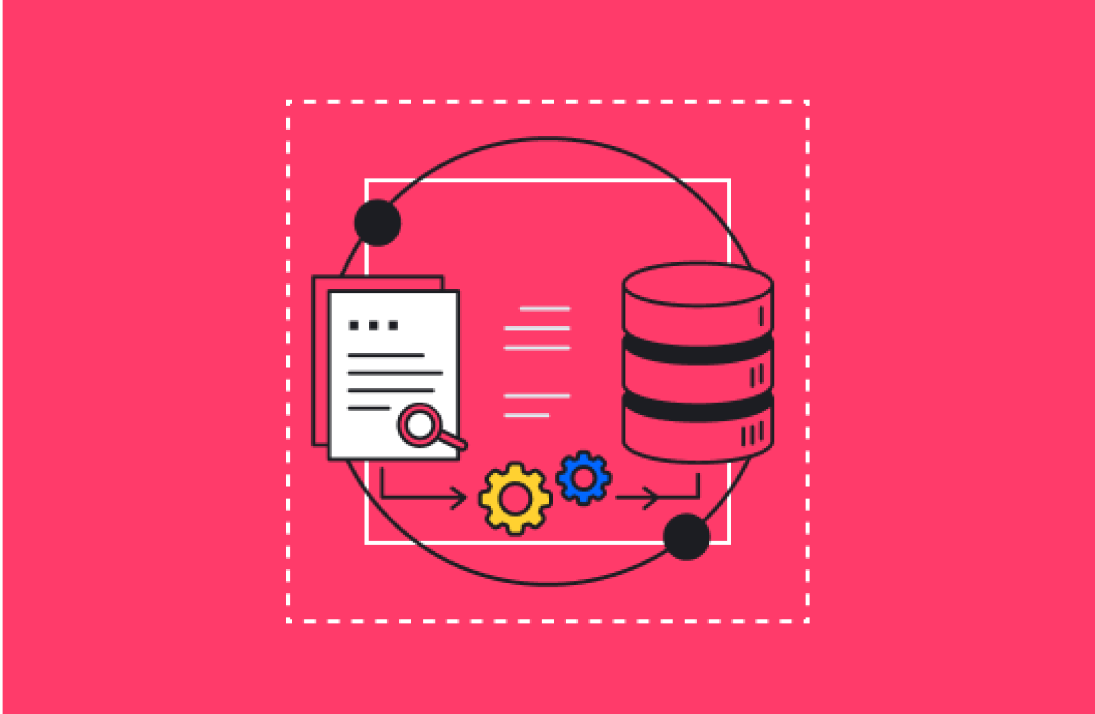For businesses relying on enterprise data systems, integrating a data warehouse with HubSpot can feel complex. That’s where the HubSpot data warehouse integration with Hightouch comes in. Hightouch offers a seamless way to sync, enrich, and activate data directly from your warehouse into HubSpot—without heavy development work. Whether you’re mapping contact fields, building advanced audiences, or setting up alerts based on key metrics, this Hightouch HubSpot integration ensures your teams are working with real-time, reliable data. In this guide, we’ll break down how Hightouch connects to HubSpot, how it works, and where it fits in your data activation strategy.
About Hightouch
Hightouch is a “data activation platform” that is made up of three separate products. These include Hightouch Reverse ETL, Hightouch Audiences, and Hightouch Notify.
Hightouch Reverse ETL
Hightouch Reverse ETL is designed for data and analytics teams. It enables data professionals to activate their data warehouses with SQL. They can then map columns in their warehouse to the fields of their SaaS applications (such as HubSpot).
Any data that is changed in the warehouse is then synced automatically via Reverse ETL.
Hightouch Audiences
Hightouch Audiences is built specifically for marketing teams, and it can be used by no-code users. The most prominent feature of this product is probably the audience builder, which allows marketers to target highly specific audiences based on audience actions, locations, and firmographics.
For example, users could target an audience of consumers in New York City who have previously added a product to an ecommerce shopping cart within a given timeframe.
Hightouch Notify
Finally, Hightouch Notify is a data and business event notification system for operations teams. It integrates with popular messaging solutions like Slack and Microsoft Teams to deliver timely information to operations teams about high-level business trends.
For example, Hightouch notify could send messages in Slack informing a team about new enrollments in a SaaS product. It can also send notifications about customers who are likely to churn, so teams can take action to prevent it.
Features of the Hightouch and HubSpot Integration
Overall, Hightouch enables users to have timely and meaningful interactions with customers by leveraging fresh and accurate data. According to the Hightouch page in the HubSpot App Marketplace, the integration gives users the following capabilities:
- Build a 360° customer view in your existing tools.
- Use customer data to be proactive, not reactive.
- Increase ROAS and MQLs with lead scoring.
- Increase sales with churn and LTV intelligence.
The core benefit of the integration is that it prevents data flowing into HubSpot from multiple sources from becoming corrupted, lost, or duplicated. HubSpot has some powerful data cleaning solutions, but larger organizations or those that draw in data from a high number of sources could benefit from this type of service.
For example, thanks to Hightouch’s syncing tools, customer success teams can view accurate data from a variety of sources directly in their HubSpot dashboard. They can then rely on this data with confidence when using it to personalize interactions.
Hightouch’s notification feature is particularly useful for customer success and operations teams. By receiving notifications about customer events, these teams can be proactive in reducing churn, all through HubSpot. They can even use data sourced from Hightouch to create reports in HubSpot that detail metrics like customer LTV, churn, ROAs, and lead generation.
Data Flow in the Hightouch and HubSpot Integration
Unlike other integrations, this integration is specifically designed to sync data in a single direction: from Hightouch to HubSpot.
This data flow is meant to ensure you can get the benefits of your Hightouch investment directly in HubSpot.
Many of the objects in Hightouch map directly onto identical objects in HubSpot. Some Hightouch objects use different terminology, but they still sync seamlessly with HubSpot.
For example, “Contacts” in Hightouch will become “Contacts” in HubSpot. The same is true of contact lists.
However, “Company Data” syncs into “Company Properties,” “Product Event Triggers” syncs into “Events,” “Churn Score” syncs into “Deal Properties,” and “Customer LTV” syncs directly into “Contacts.”
Start Using Hightouch and HubSpot Together
HubSpot makes it easy to install Hightouch as an app through its app marketplace. However, if you haven’t been using Hightouch for long, you may need to make some changes internally to get the most you can out of this integration.
Aptitude 8 specializes in HubSpot integration services, technology synchronization, and RevOps. If you need help with your Hightouch integration or you’d like to learn more, contact us today.






